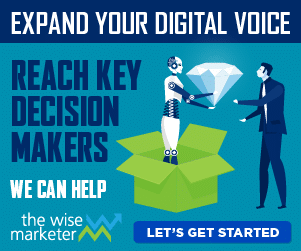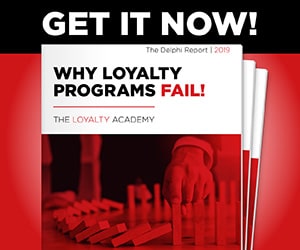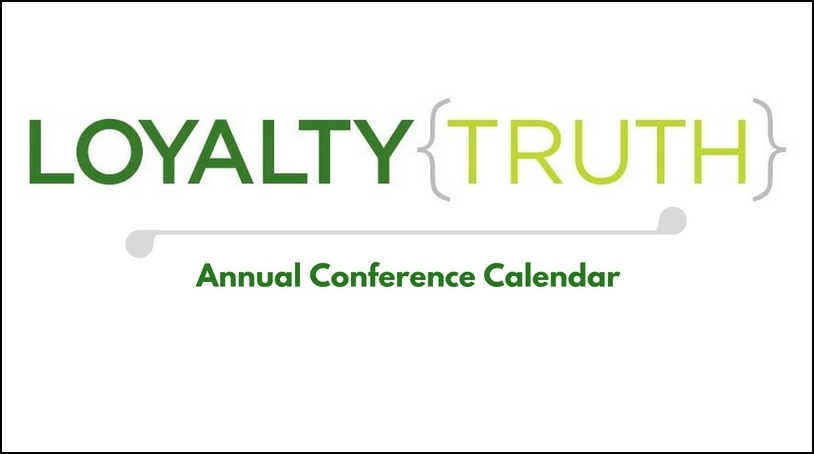The Word of Mouth Marketing Association held its “WOMM-U” event earlier this month in South Beach. The conference report which follows was originally published at www.TheWiseMarketer.com on May 28, 2009 as filed by Bill Hanifin, North American Contributing Editor.
If you are interested in the latest news on Loyalty and Relationship marketing, I strongly encourage you to Register here for a free subscription to the Wise Marketer
Among weekly updates and special reports, the WiseMarketer also offers the Loyalty Guide III, the most comprehensive resource covering the industry today.
Loyalty Moving from Marketing to Engagement
The Word of Mouth Marketing Association’s conference in Florida earlier this month provided some surprising insights, according to contributing editor Bill Hanifin of Hanifin Loyalty, who notes that the loyalty business is desperately re-engineering itself as programme sponsors look for innovations to freshen up their programmes.
Among the hottest topics concerning loyalty marketers are those of ‘engagement‘ and ‘word of mouth‘, with both having been quickly identified as effective paths to building more frequent and meaningful dialogues between sponsors and consumers.
Among the brands represented at the conference were big names such as Amway, Dell, Disney, Heinz, Kraft, Lenovo, McDonalds, NBC, PepsiCo, Proctor & Gamble, Texas Instruments, Unilever, and Walmart. The Web 2.0 names were also present, including Facebook, Google, MySpace, and Yelp.
Yelp‘s Geoff Donaker kicked off the event with an overview of what he called a “platform for lifestyle blogging”. Over 21 million people had used the service to search for local businesses during the previous month, and the bulk of the consumer reviews posted broke down into 31% for restaurants and 23% for shopping. Donaker provided several examples of the power of the Yelp service, such as a carpet cleaning business in San Francisco which had invested in improving its customer service and generated such good reviews that the company was able to save US$100,000 per year in Yellow Pages adverts.
NBC also discussed its social media strategy, noting that community conversations, blog posts, and so-called “tweets” can not only build brand awareness and loyalty but also positively impact search engine results. Charles Edwards, CEO for Federated Media, also confirmed the importance of a strong search engine presence (particularly citing Google rankings): “It used to be that the homepage of your web site was your first digital impression, but now it’s the Google search result. Every marketer is a publisher now, and we don’t just compete with competitors but with any consumer that is also talking about us.”
Lenovo shared the story of how it tackled the challenge of making the most of its US$120 million Olympic sponsorship in 2008. The PC manufacturer chose to recruit 100 Olympic athletes, offering each a free technology solution and asking them to blog live from Beijing. Lenovo chose “long tail” athletes (i.e. those who weren’t in major sports, and who weren’t expected to draw general media attention). The campaign was a tremendous success and the athlete blogs quickly became the “insider’s view of the Olympics” during that highly competitive time.
Jeben Berg of YouTube also highlighted the power of video in marketing, noting that 15 minutes of video is uploaded every 60 seconds, all day every day. YouTube claims to be the largest site in the US (and the sixth-largest in the world), and boasts 81.6 million unique US-based visitors each month. Interestingly, the largest demographic in this massive set of visitors comes from the 35-49 age group.
WOMMA was able to get representatives of both MySpace and Facebook onto the same stage at the same time, and Heidi Browning (MySpace) and Chris Pan (Facebook) compared and contrasted the two social networks in detail. Browning exploded some myths about MySpace (particularly stressing that the site is not “just for teens”), and claiming that more than 70 million of its users are in the 18-34 age group in the US alone. Pan explained that successful Facebook marketing campaigns usually involve “building movements, not campaigns”, with a good recent example being the election campaign of Barack Obama.
Duncan Wardle of Disney discussed lessons learned using social media, and described a campaign that invited people to apply for their ‘dream Disney character job’. This word of mouth campaign quickly became viral and the responses were overwhelming. But Wardle was also practical, noting that “impressions don’t equal engagement” and suggesting that brands who don’t change from marketing to engaging risk soon becoming mere “nostalgia brands”.
The conclusion was that advertising and traditional ‘interruption marketing’ techniques are slowly but surely being replaced with collaboration, co-creation and dialogue with willing consumers.
This article is copyright 2009 TheWiseMarketer.com and is published here with permission.
 Previous Article
Previous Article



